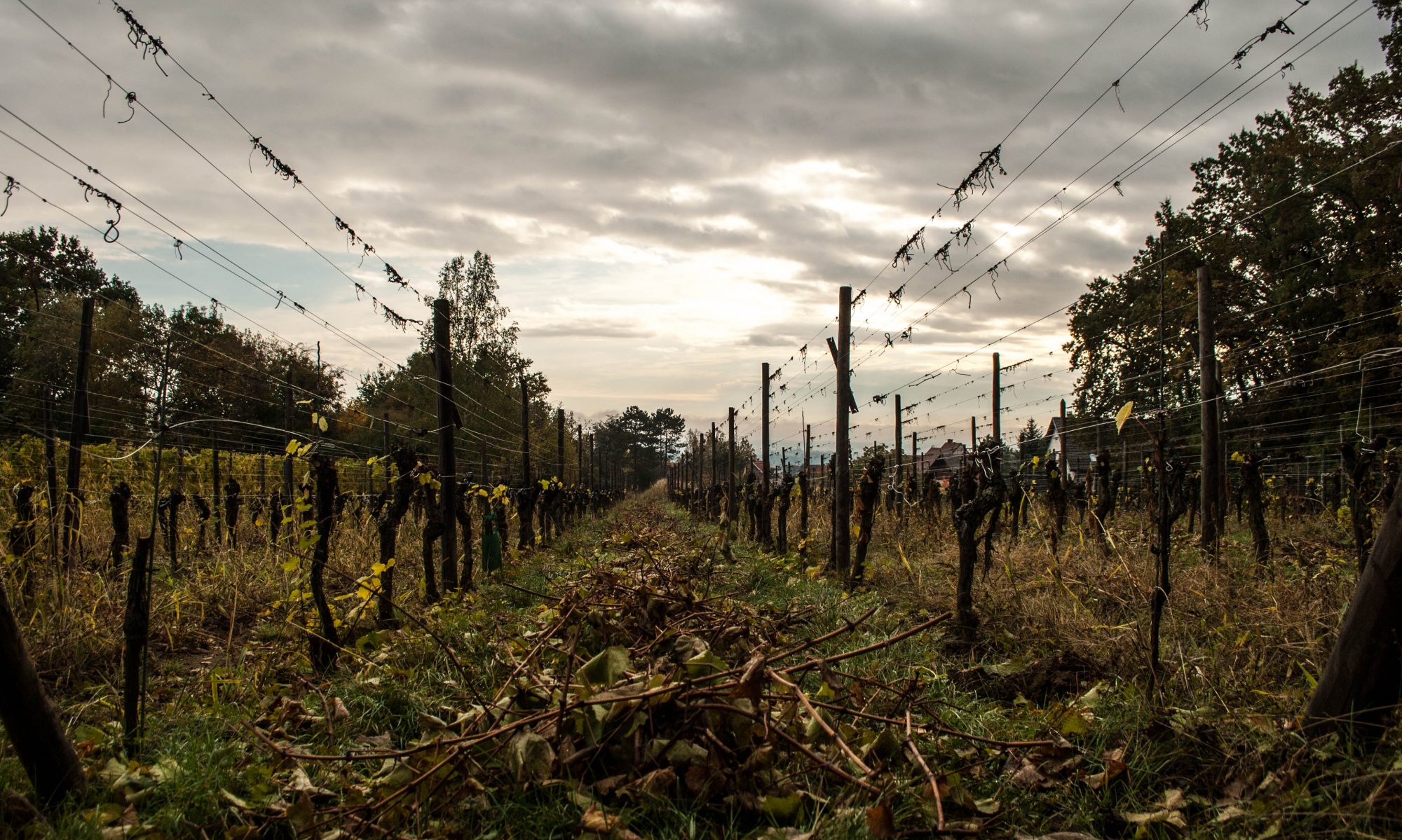Who
Welcome,
My name is Théophile Lienhardt. I am a MSc Climate Change, Agriculture and Food security student at the National University of Ireland Galway. My background involves Marine Biological studies and research and professional works in the culinary and agri-food industry. This year’s research fits within my future goals and looking at alternative food sources and diets in a context of Climate Change.
ADDITIONAL ABOUTS’
I thought I might add a link to my personal photography website. Hopefully, I’ll will be able to take relevant and interesting pictures throughout my research project. In the mean time, I hope you enjoy it.
http://lienhardttheophile.wixsite.com/photolike
A statement we should think about
Proposed by Paul R. Ehrlich in “A Personal View: Environmental Education-Its Content and Delivery, J. ENVTL. STUDIES AND
SCIENCE 1, 6-13 (2011).”
“The most environmentally damaging form of human consumption is eating.”
THE PROJECT: An abstract to start with
“There is a clear environmental cost of proteins, which is due to an increasing demand from both the livestock and aquaculture sector, and soybean agricultural systems to produce feed. Coupled with this growing demand for food and increased demand for protein-based diets, a clear paradigm shift is needed to seek for alternative consumption patterns transitioning away from excess use of nitrogen-based fertilizer responsible for negative environmental impacts. A first step is to investigate for potential alternatives such as legume based agronomic systems. Yet, despite their history in European systems and the environmental benefits and service they can provide, it remains difficult to bring them out of their current niche. Recent European projects have endorsed the task to increase the sustainable cultivation, integration and consumption of legumes across Europe. Our study focuses on an alternative and innovative production chain for legume crops, and aims to assess the environmental profile of a spirit production chain by (1) accounting for its co-products for feed, and (2) comparing it with a scenario where the main feedstock is replaced by legume crops as an alternative source of starch for alcohol production, and a higher concentration of crude protein from the residual by-products. To this purpose, a Life Cycle Assessment (LCA) methodology with a cradle-to-feed mill gate perspective is applied. The necessary life cycle inventory has been collected from various sources, including interviews and surveys with farm and distilleries where different feedstock is grown and purposed to produce gin. At the end of the study, we present a potential environmental improvement analysis for gin production. The functional unit is for a batch of gin produced and is then converted to a single bottle of gin for representation clarity and enabling benchmarking action against other studies. Results are obtained for global warming potential (GWP), Acidification (AP) and eutrophication potential (EP) and Abiotic depletion (with fossil fuel) (ADF/AD). Overall, results show a preference in using pea from an agronomical perspective as no fertilizer and urea are applied in the system compared to wheat. As for the distillery, the main environmental burden comes from oil consumption for heating and cooling operations and a slight difference is observed between pea and wheat due to the additional transport distance to bring pea grains to the distillery gate. This marginal difference is discussed, and future improvements are easily made if peas are grown on site. Furthermore, results demonstrate that pea offers a clear environmental benefit over wheat, assuming alcohol yield and oil consumption from pea processing as main feedstock remains similar as for wheat. The use of co-products is briefly discussed but will be investigated and analysed in future studies. The results can be used by the distillery for future improvement and used to ascertain a sustainable approach and potential eco-labelling for gin production. Finally, the study does not investigate mitigation strategies in detail as it only focuses on a first assessment of the differences between the two feedstocks as a baseline for gin production. It should be rather seen as an attempt focused on building a robust inventory for future work.”
